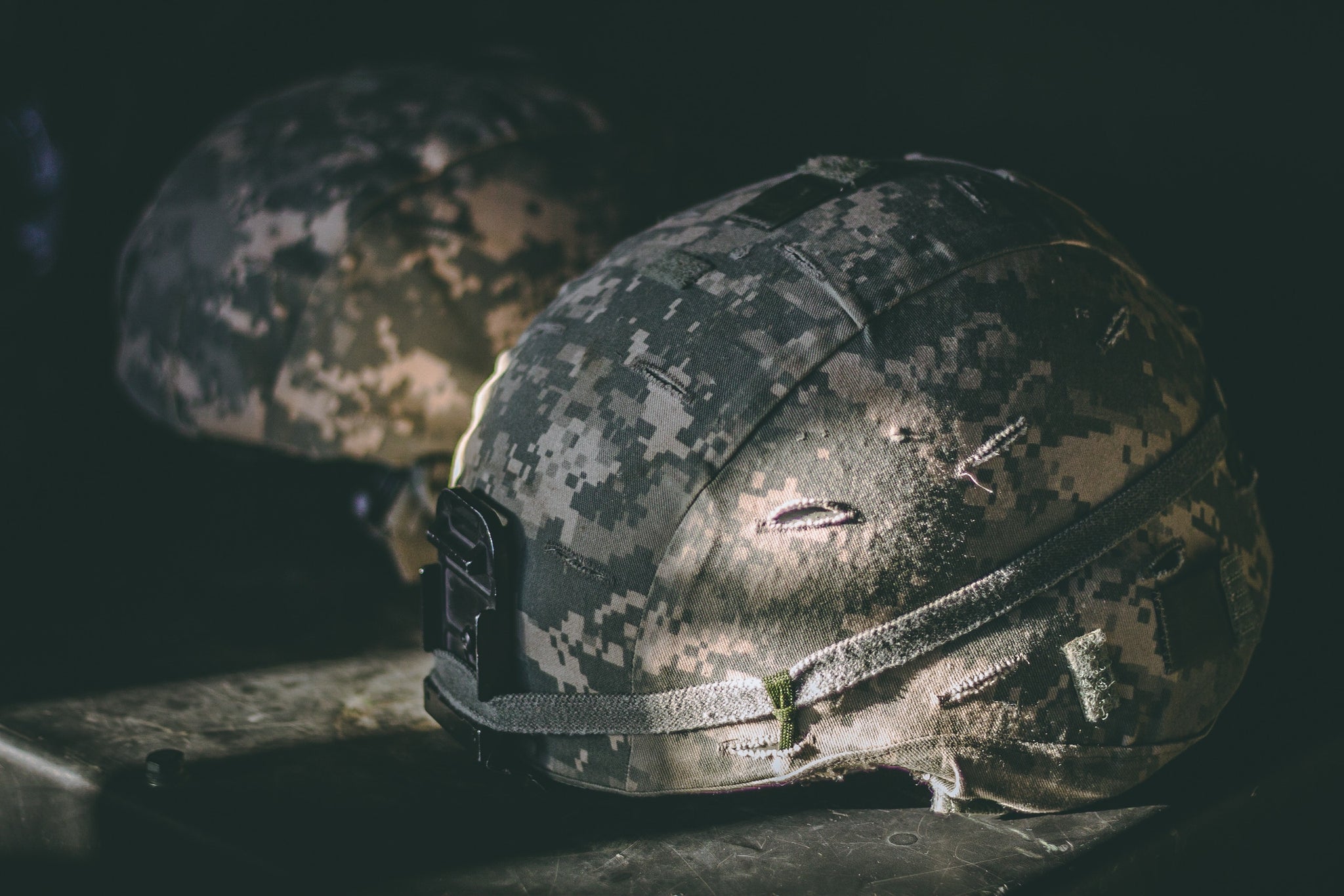Only 8 to 30% of people exposed to trauma, go on to develop symptoms of PTSD. The vast majority of people completely recover from a traumatic event.
Interestingly, PTSD has had different names in different wars. In the Civil war, if a soldier showed any symptoms of what we now call PTSD before or during battle, it was simply chalked up to fear or cowardice. By the time World War I came around, it was firmly established that even soldiers who had been extremely brave in battle could still develop PTSD-like symptoms brought on by a variety of different triggers.
These signs of PTSD, which in that era was called “shell shock,” included being overly startled or frightened by loud noises, plagued by nightmares and flashbacks, having difficulty integrating back into normal life, having difficulty controlling anger, and drinking as a way of coping with the issue. Doctors at the time believed that returning WWI soldiers were acting in this way because they had been exposed to so much cannon fire at close range, thus they applied the name “shell shock.”
In World War II when soldiers returned with these exact same symptoms, the name was changed to “battle fatigue.” Why? Because it was happening to all kinds of different soldiers who had no exposure to loud noises or cannon fire. Nobody really knew why only certain soldiers got it, but it was far too common an occurrence to simply ignore.
It wasn’t until the Vietnam war that doctors started referring to these same conditions as PTSD or Post Traumatic Stress Disorder. But the name is evolving to this day as military folks are preferring to drop the “D” to remove the stigma of having had it. It’s not a disorder, they say, it’s just something that happens to anywhere between 8 and 30 percent of soldiers who have either experienced a traumatic event or witnessed a traumatic event.

For a person who witnessed the above scene in person, and subsequently developed symptoms of PTSD, his or her PTSD triggers could include: any loud noise, debris falling from the sky, a certain smell, or even some insignificant sound, color or flashing light that was witnessed just prior to or during the event. Or it could be just being Manhattan itself.
PTSD is of course not limited to people in battle. A lot of people developed PTSD as the result of being in lower Manhattan on 9/11. It can happen to rape victims, victims of incest, people who have been robbed, people who have been in car accidents and even people who have witnessed these things happening to somebody else.
Just to clarify, the reason it’s called Post Traumatic Stress is because - just about everyone has difficulty dealing with a traumatic event right after the event or even for up to a month or two afterwards. It’s only when the symptoms extend beyond a minimum of two months do psychologists begin to consider a diagnosis of PTSD. In other words it comes on well-after the trauma.
To understand PTSD triggers it helps to understand a little bit about the the fight or flight response, which is now often referred to as the fight, flight or freeze response. Sometimes, like an animal cornered by a much larger, predatory animal, with no way to “fight or flee,” we will simply pass out (or freeze) when we see that the odds of surviving are very slim. We know that survivors of plane crashes will pass out before the plane hits the ground. Some scientists believe this is actually a defense mechanism as many predatory animals will not eat something that is already dead. So passing out, resembles being dead: There have been numerous reports of people surviving attacks like this by playing dead.
Something happens in this moment of “freezing” where our senses are completely overwhelmed by what we are seeing, hearing, feeling and contemplating. While our conscious mind shuts down, the unconscious mind is still operating and it may be that bits of memory of this event, witnessed unconsciously - flake off - and get stored in places in the brain where we don’t have ordinary access to. We can’t call up these memories, like we can with other memories referred to as declarative memories like the day your first child was born. But these “implicit memories,” stored unconsciously, come back to us unbidden in the form of nightmares and flashbacks and PTSD triggers.
I’ve interviewed dozens of soldiers who have returned from multiple tours in Iraq and they will often report that they don’t like to go to crowded arenas, or drive down busy streets, or even go to the beach because each one of these places makes them uncomfortable for reasons they can’t always explain. But these things are all tied to implicit memories associated with trauma that trigger feelings of anxiety, which then trigger feelings of wanting to sooth that anxiety by either removing the trigger, taking drugs or alcohol or removing oneself from any form of stimulation what-so-ever.
This question was originally answered on Quora.com. Click here to see more of his answers on Quora. Do you have a question for Jim? Email your question to jim@stressstop.com with "Ask Jim" as the subject line.


James Porter
Author